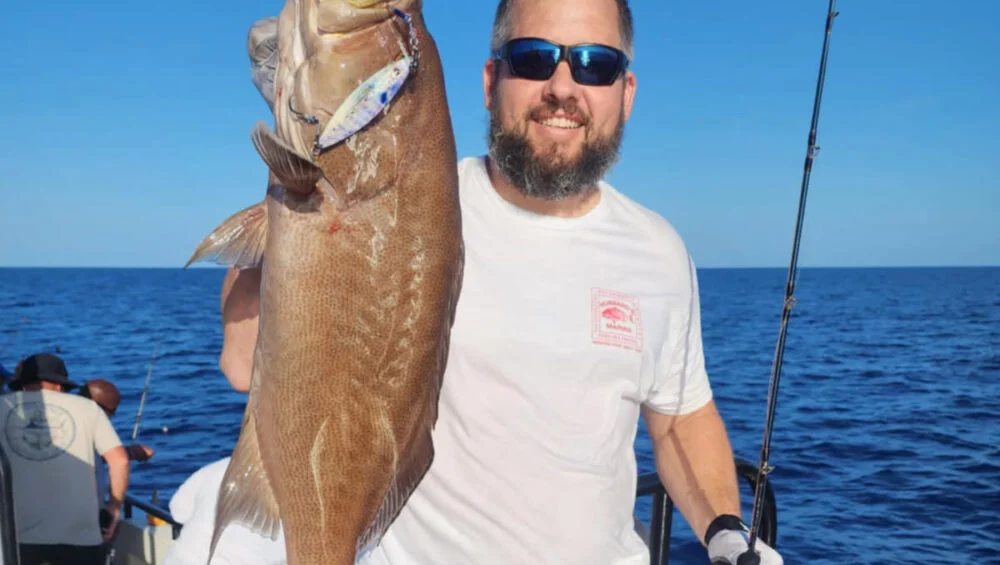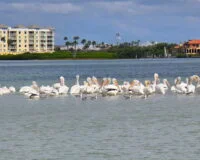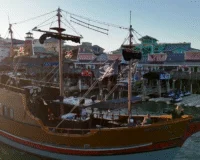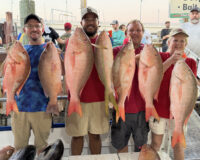Inshore Fishing Report
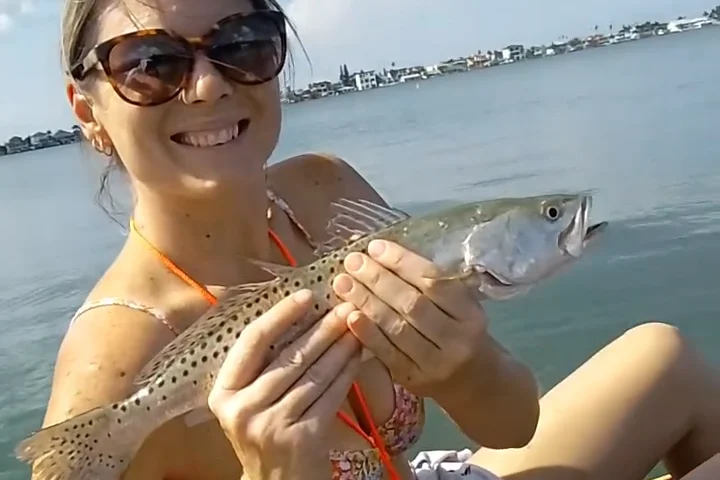
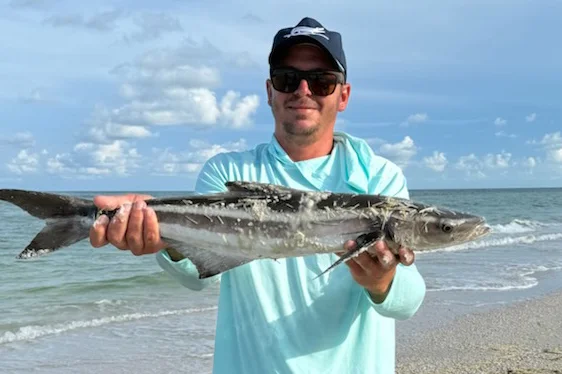
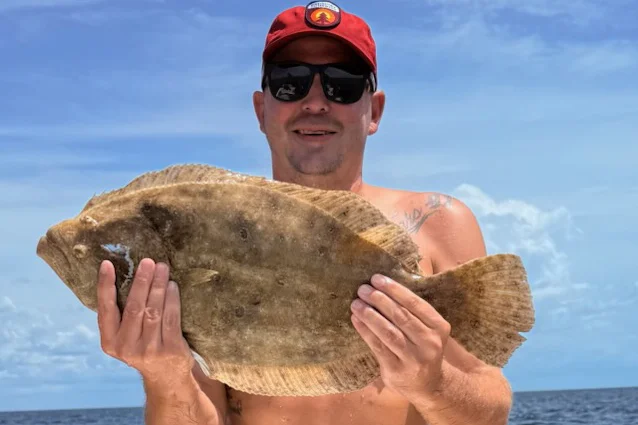
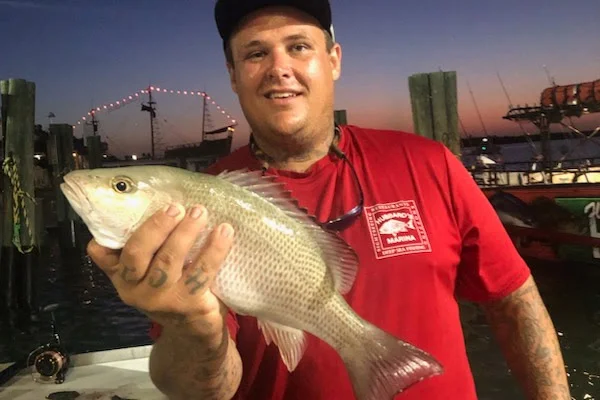
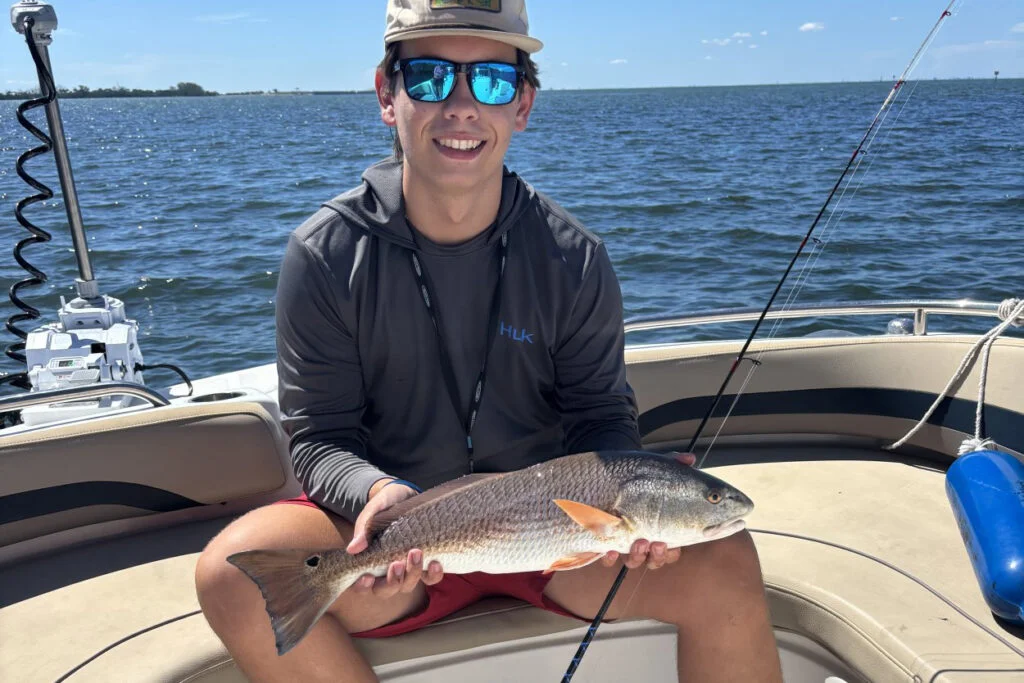
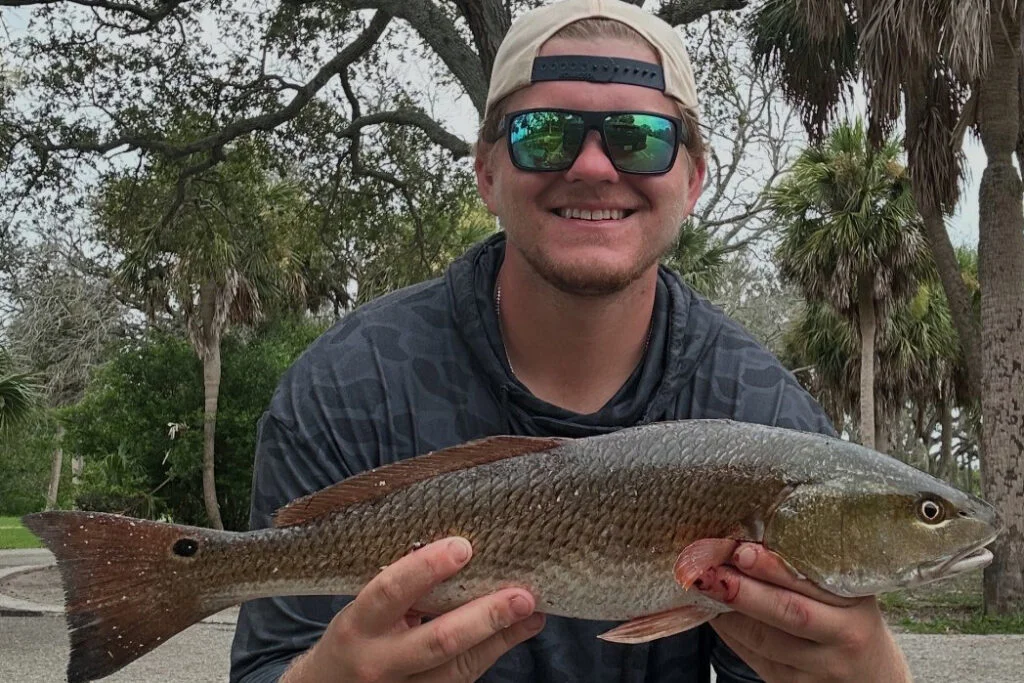

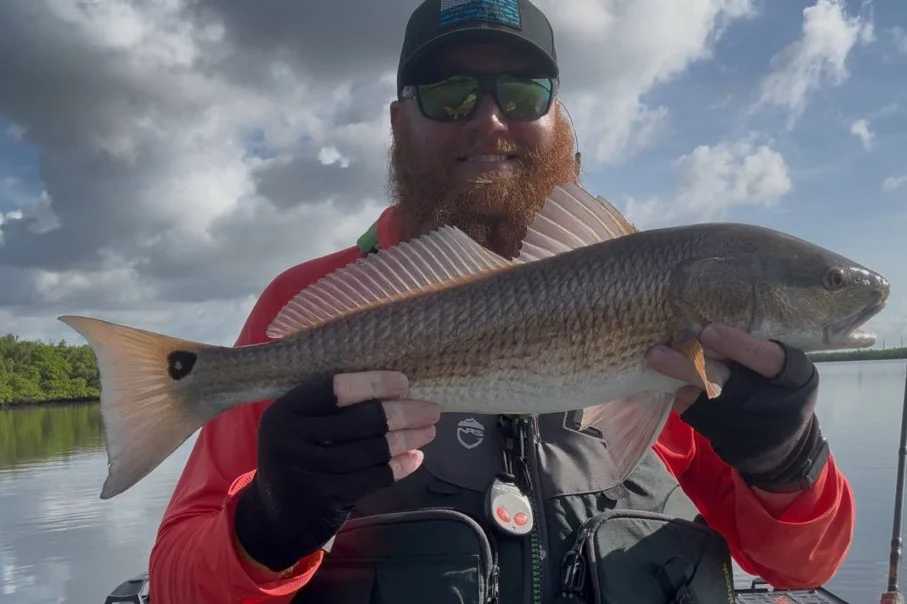
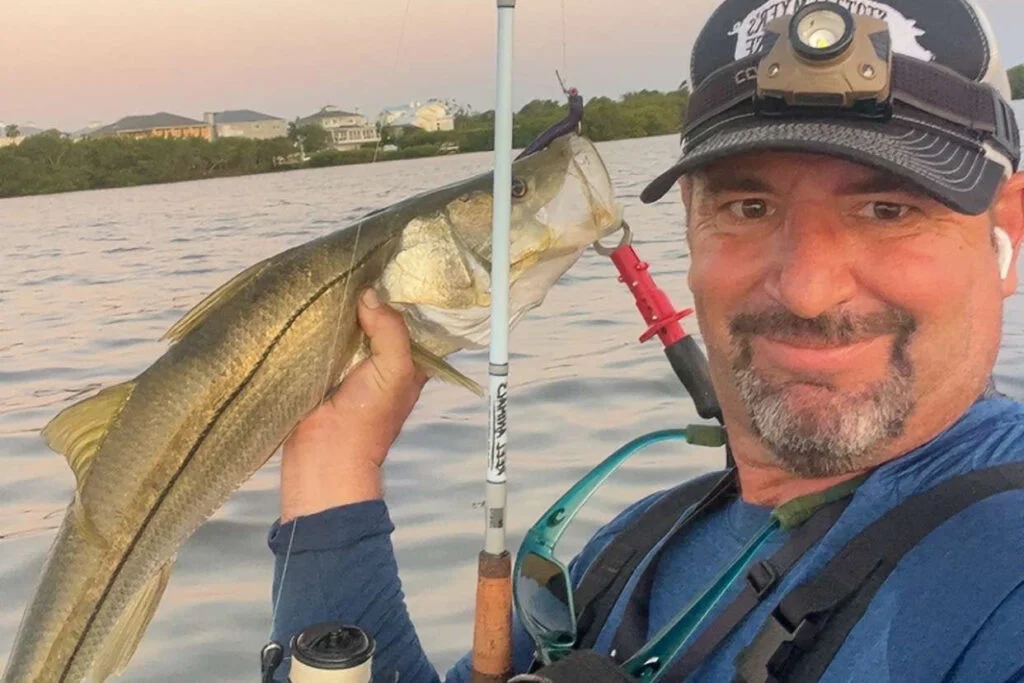
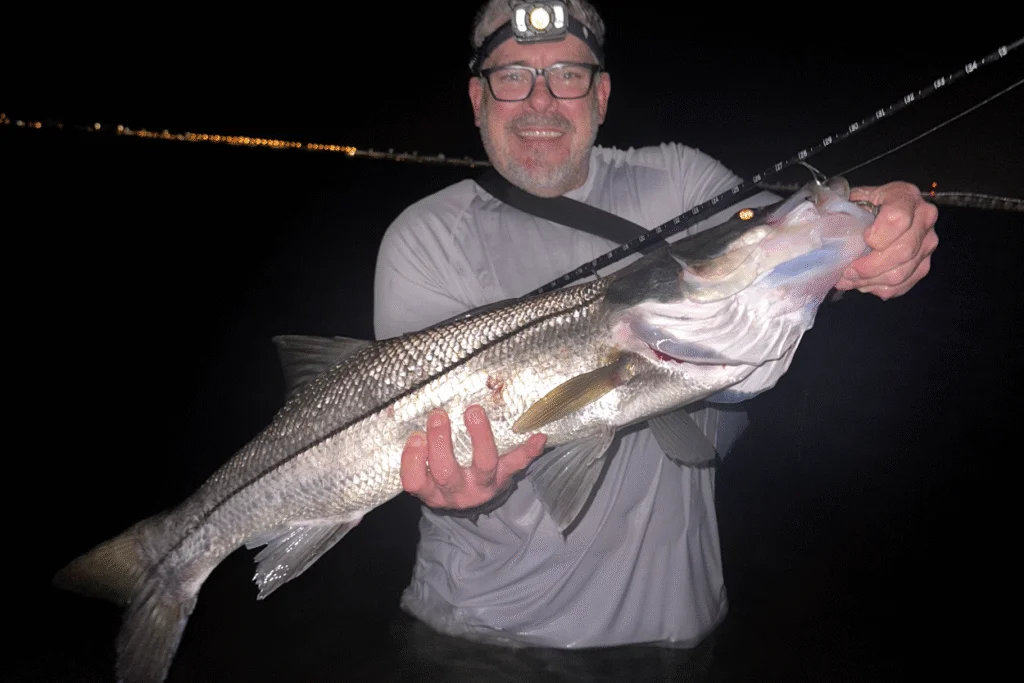
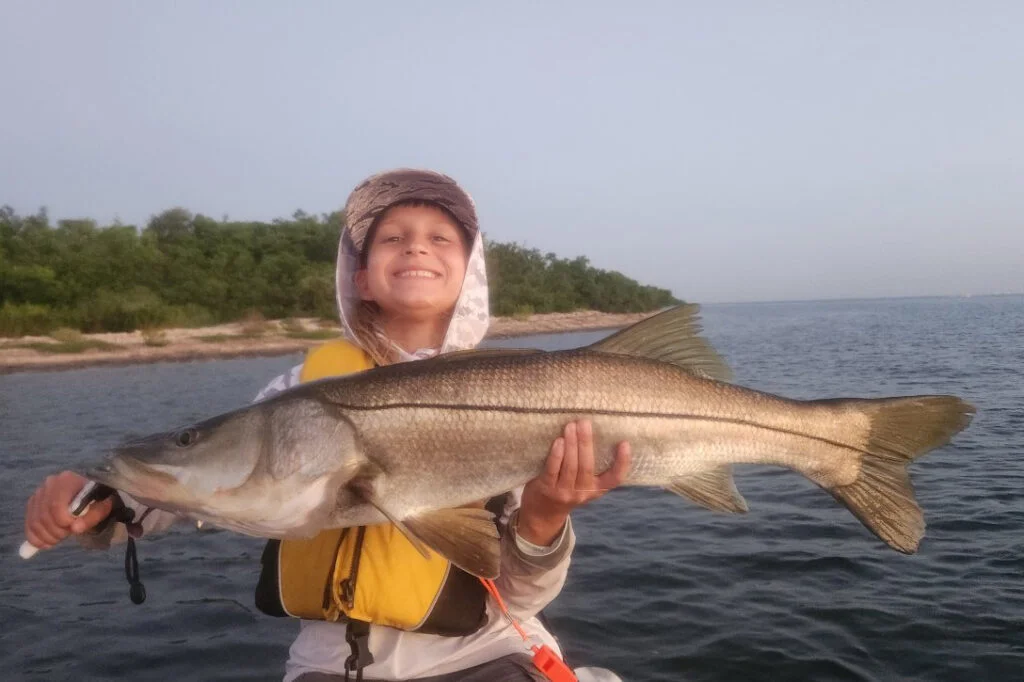
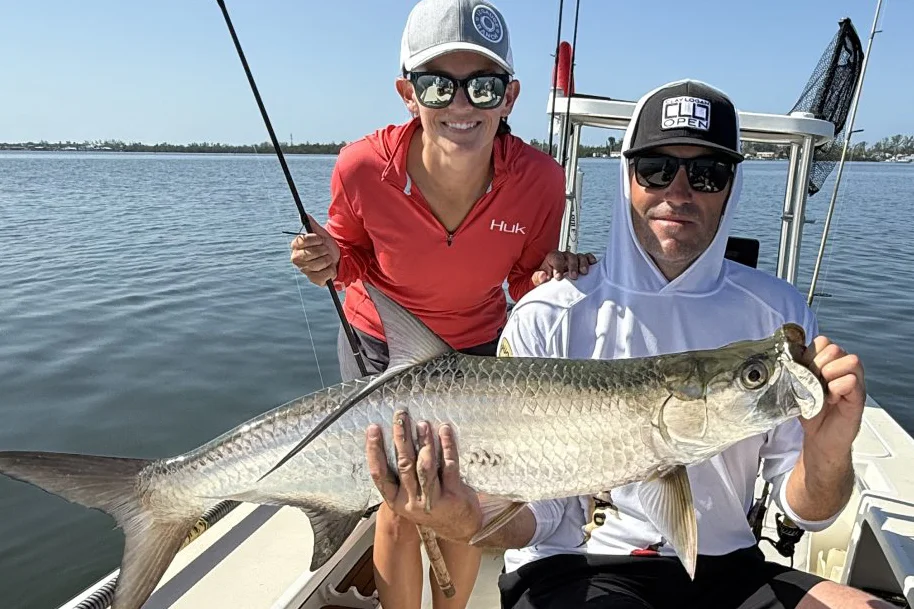
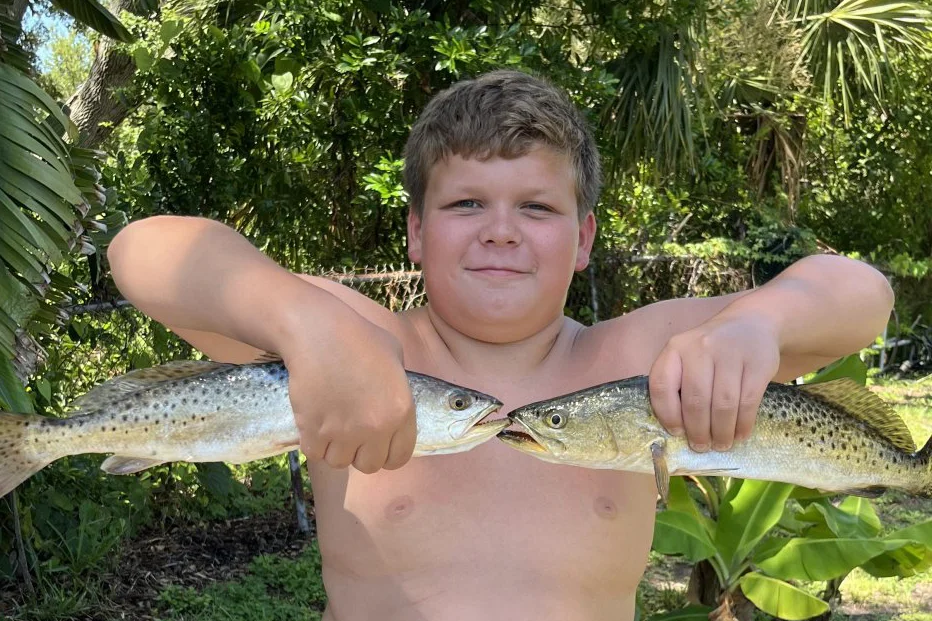
Snook are still the stars of the inshore show, with a good number of fish stacked along the passes, beaches, and deeper back bay points. Redfish have been found cruising the mangrove lines and oyster bars, especially around higher tides where they can push up tight to structure.
Trout fishing has remained solid, though bites are more consistent in areas with a bit more depth or water movement. Mangrove snapper are plentiful around docks, bridges, and rocky points — this is a great time to target them with live shrimp or small pieces of cut bait.
Tarpon are still around in strong numbers, especially near the passes and bridge channels. Mackerel action is steady, particularly in deeper, faster-moving water where bait is stacked up. And as always during these hot summer months, sharks — including bonnetheads, blacktips, and the occasional bull — are plentiful both on the flats and around deeper drop-offs.
Fishing Tips
- Snook: Use live baits like greenbacks, threadfins, and shrimp, or try flair hawks and soft plastics at night.
- Redfish: Look for them around mangroves, oyster bars, and flats, and use dead baits during higher tides.
- Trout: Target them with soft plastics, white bait, and shrimp around deeper flats and potholes.
- Tarpon: Target them during the full moon with crab flushes, making it an ideal time to target them.
- Flounder: Find them near sandy bottoms and structures, biting on bottom baits.
- Pompano: Be prepared to move frequently to stay on their bite.
- Sharks: Use big dead baits in areas with moving water.
Help spread the word about what to do if you hook or entangle a bird. Never cut the line; instead, reel in the bird carefully to dehook and release it. If you accidentally hook a dock, break the line at the hook to avoid leaving any line in the water. Seabirds with fishing lines hanging from them are becoming more common, and this could lead to the closure of fishing areas.
Rising concerns about bird entanglements might result in closing fishing spots, impacting the few available locations around Tampa Bay from shorelines, docks, bridges, or piers. Learn more in our recent podcast with Salt Strong: https://www.saltstrong.com/articles/shutting-down-fishing-at-busy-pier/.
NEarshore Fishing Report
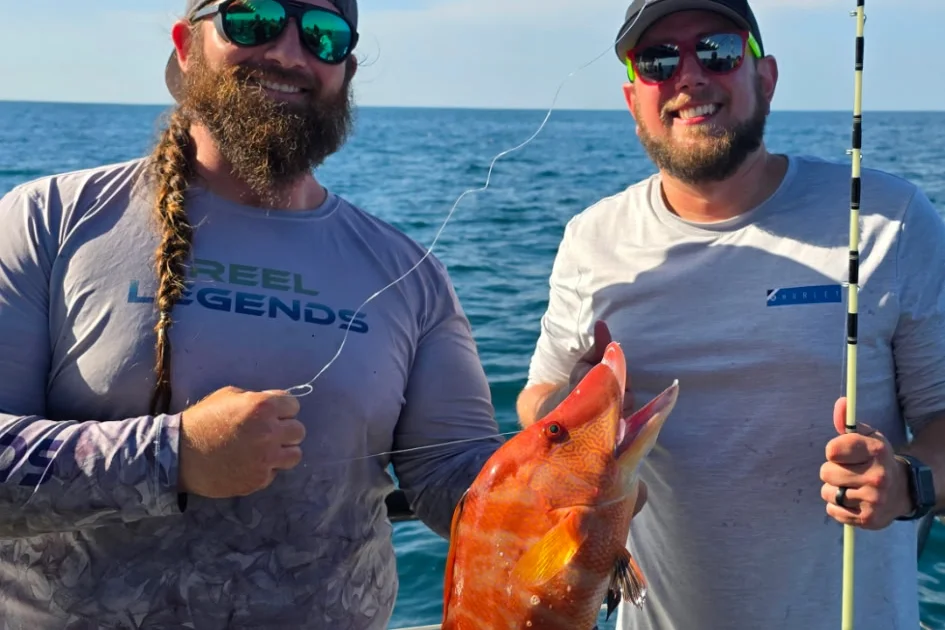
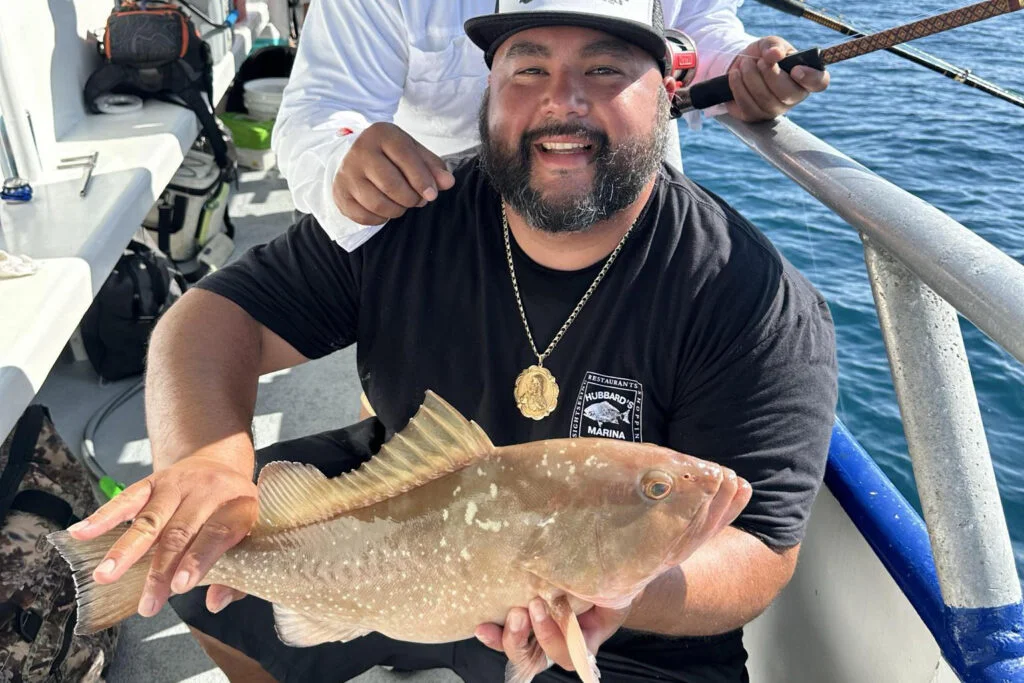
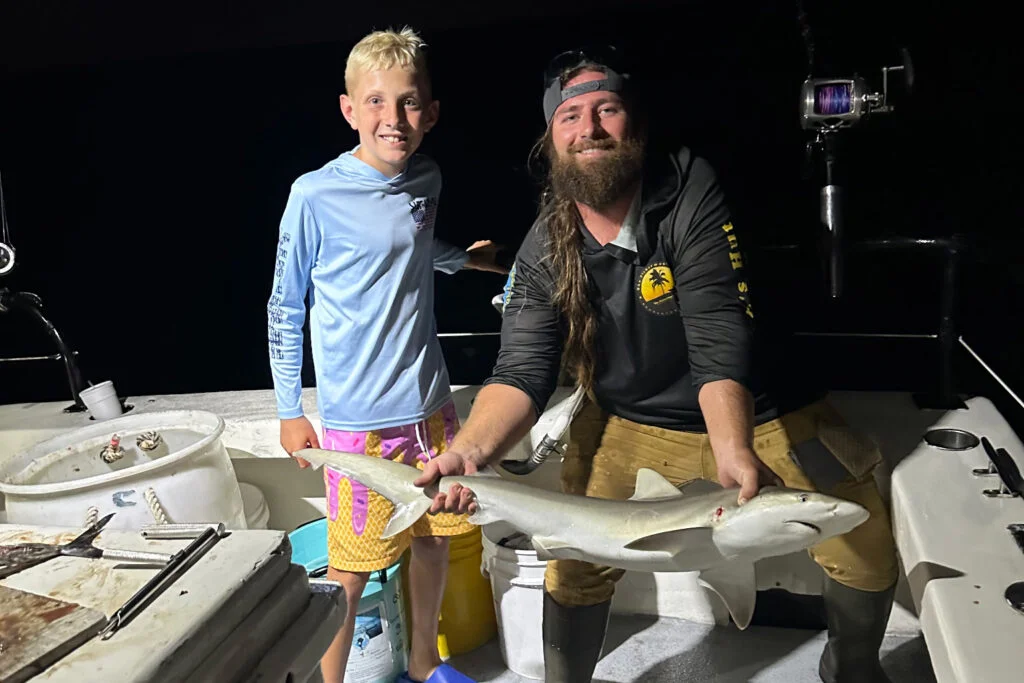
Lane snapper are providing consistent action near shore in depths from 60 to 100 feet, and we’re seeing a strong average size across the board. Mangrove snapper are also active, particularly in the deeper nearshore zones. Red grouper have been a bit hit-or-miss, but we’re still seeing some quality fish come over the rail when targeting those deeper ledges and potholes.
This is a great time of year to fish near shore with light tackle and a mix of natural baits. The clarity and current changes have made fish a little more opportunistic — if you find structure with bait nearby, odds are high something will be home.
Fishing Tips
- Red Grouper: Target the deepest near shore waters with big dead baits or solid live baits. Use 60 lb test and 7/0 hooks for best results.
- Red Snapper: Use big dead baits like whole squid and bonita strips with heavy tackle to focus on larger fish. Prime trips include the 12-hour extreme, 39-hour, and 44-hour trips.
- Scamp Grouper: Use small to medium pinfish and cut threadfin, especially while targeting mangrove snapper.
- Mangrove Snapper: Near shore, use live shrimp and small chunks of threadfin on 30-40 lb test with 3-4/0 hooks. Offshore, use bigger chunks of cut threadfin or medium pinfish on 40-60 lb test with 5-7/0 hooks.
- Vermillion Snapper: Start around 100 feet of water using cut squid or threadfin. These fish are aggressive and not leader-shy.
- Yellowtail Snapper: Use shrimp, cut squid, and threadfin.
- Pelagic Species: Keep flat lines and pitch rods ready for sailfish, kingfish, wahoo, tuna, and mahi mahi.
Offshore Fishing Report
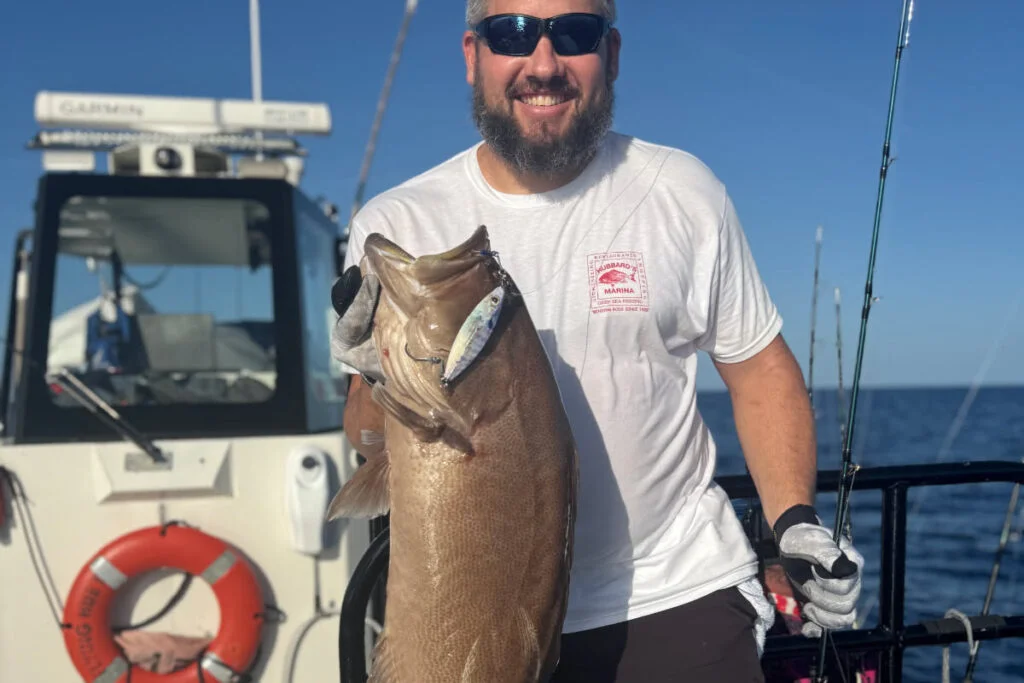
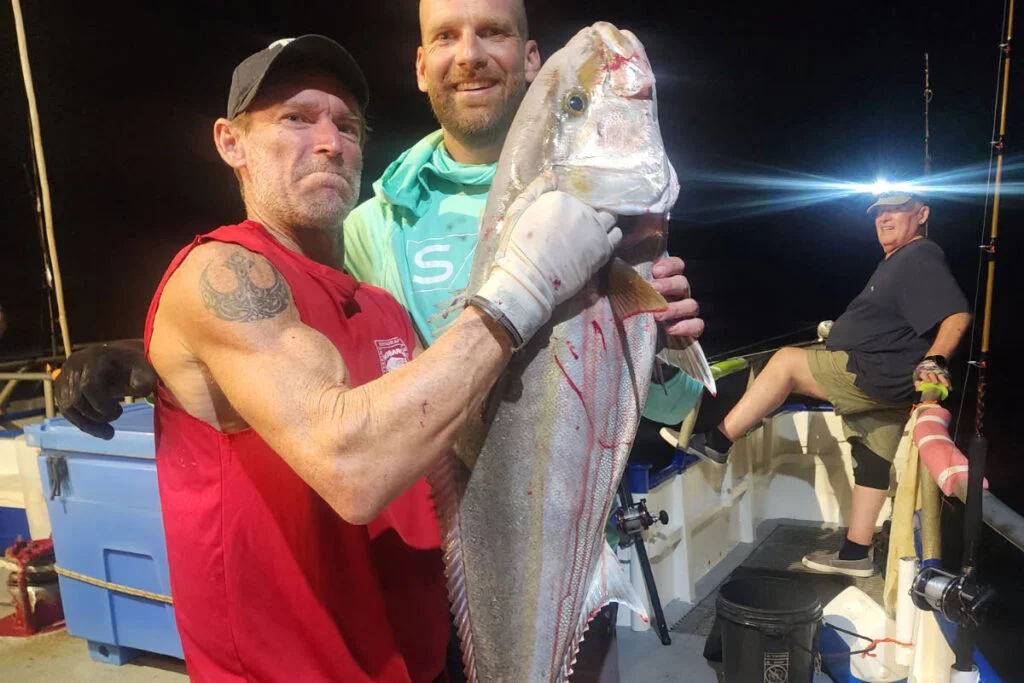
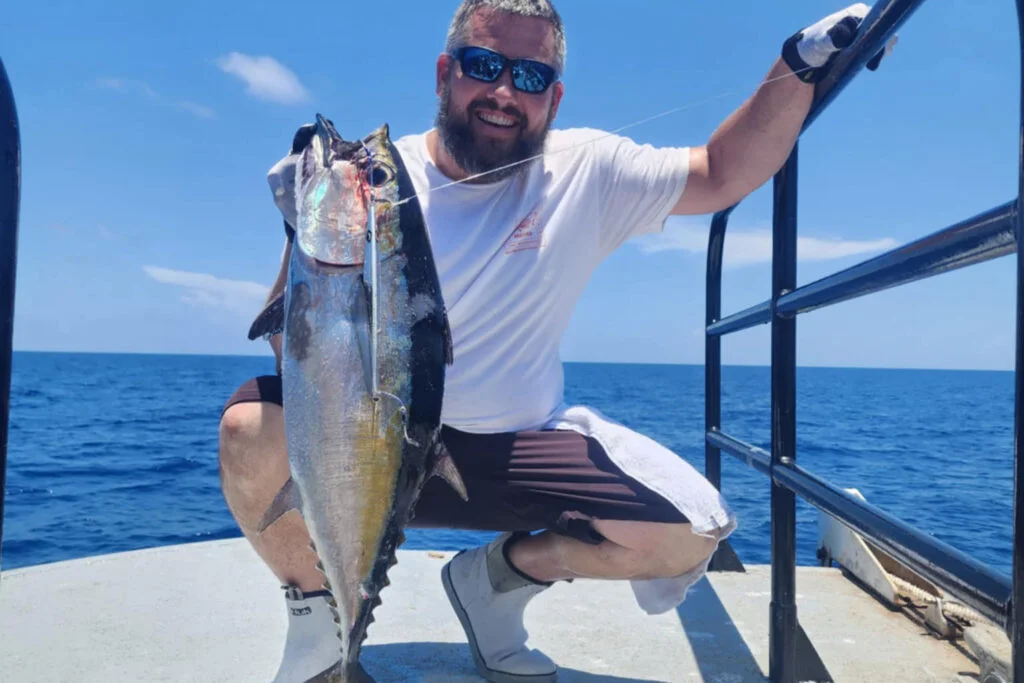

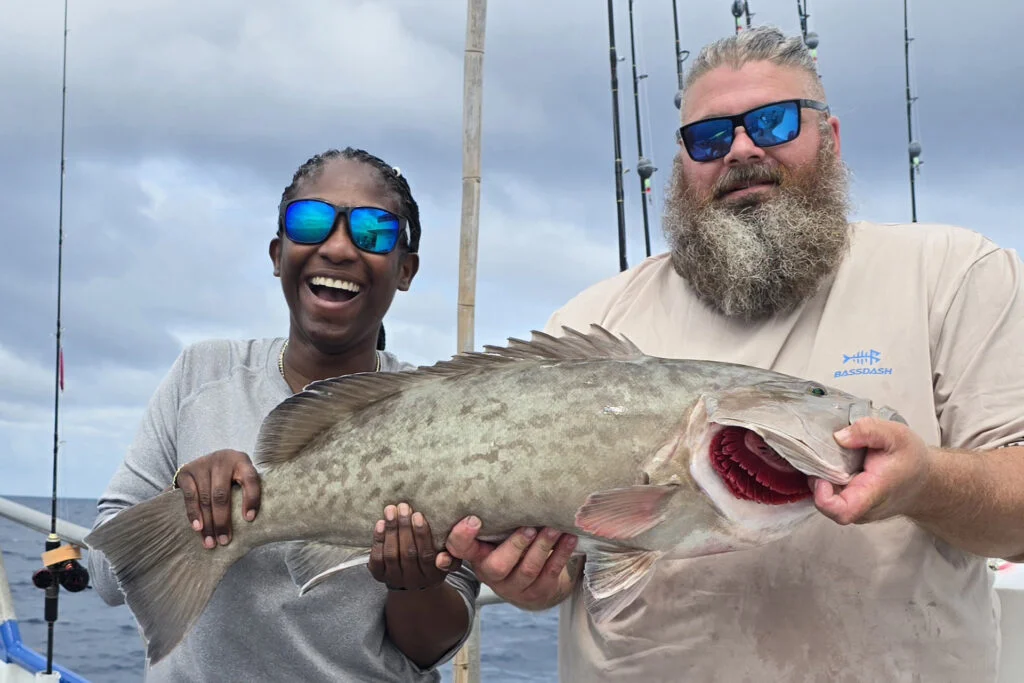
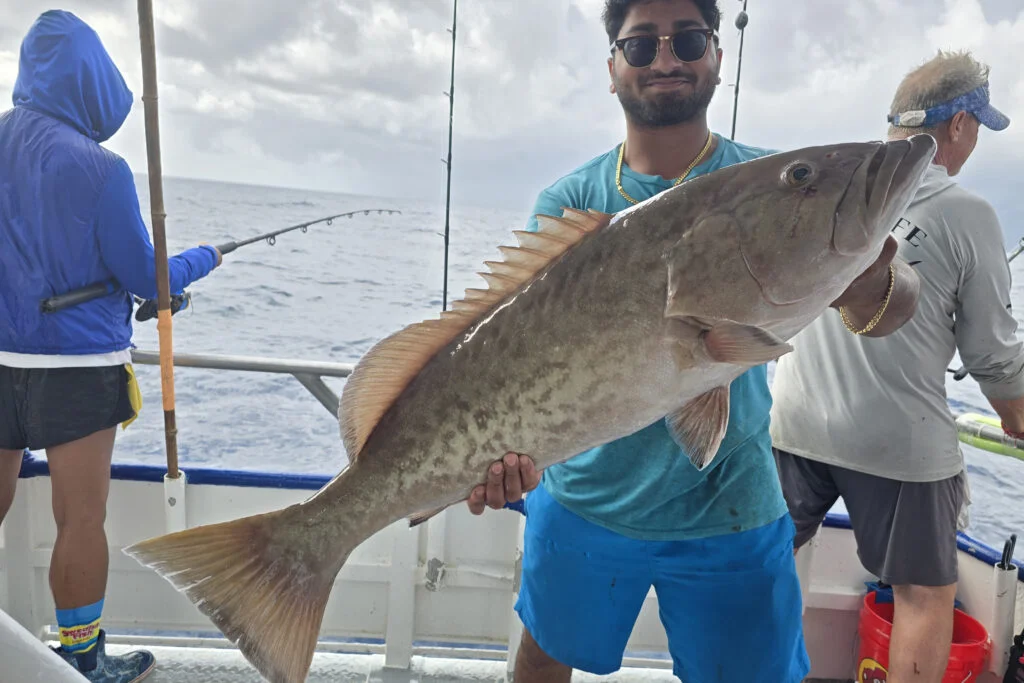

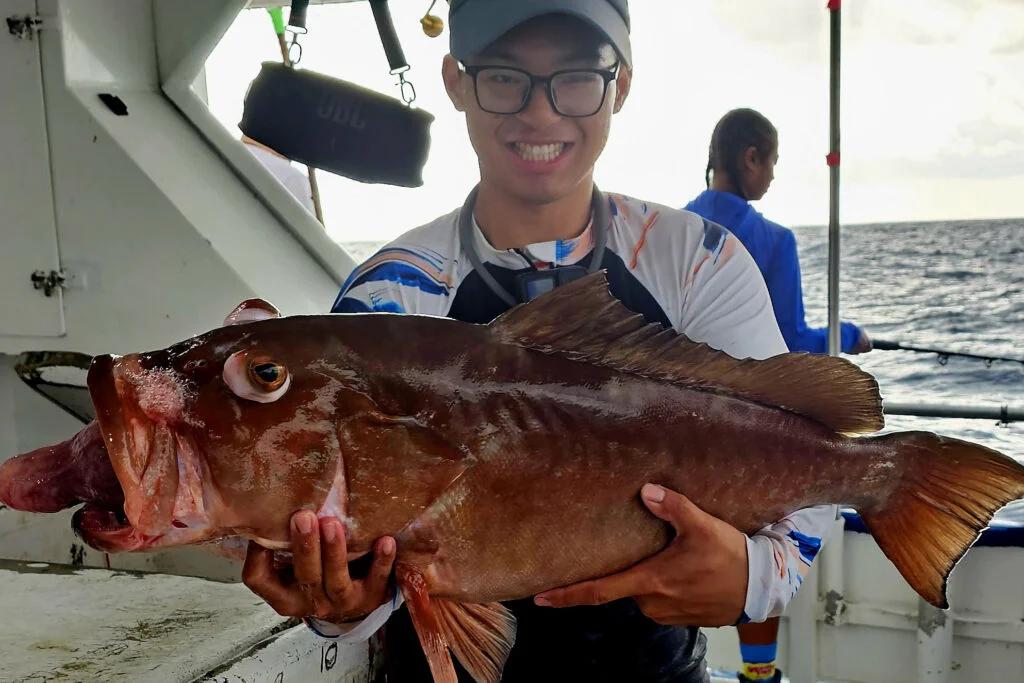
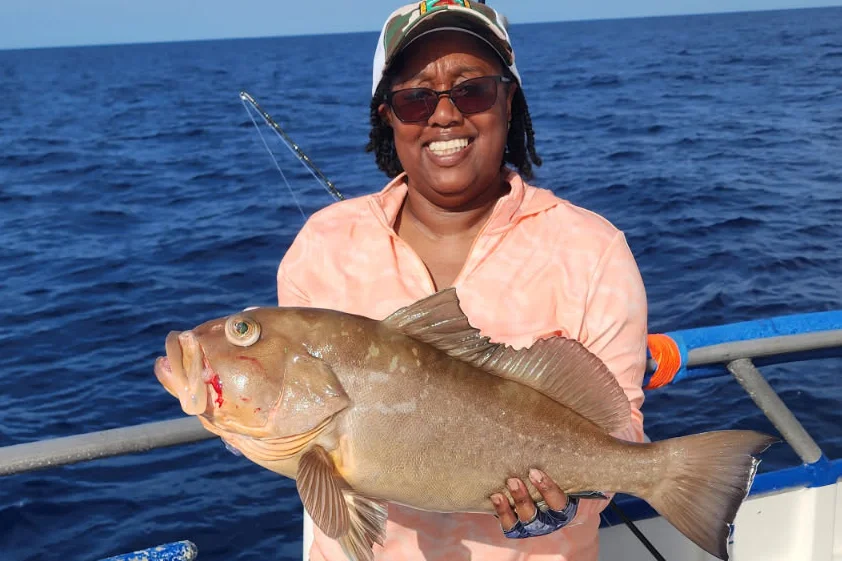
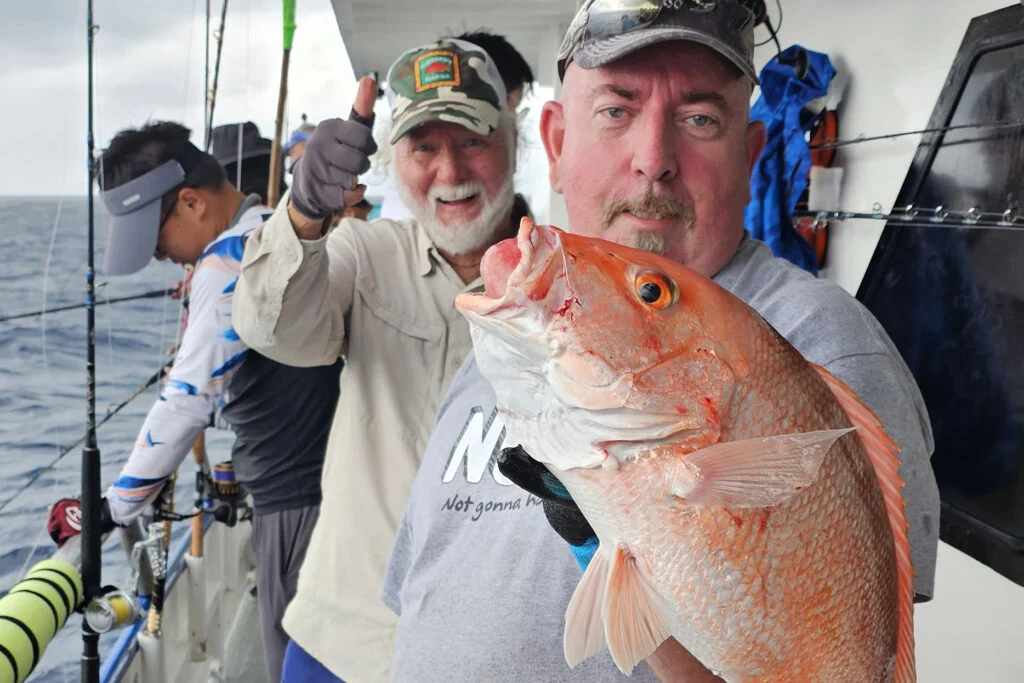
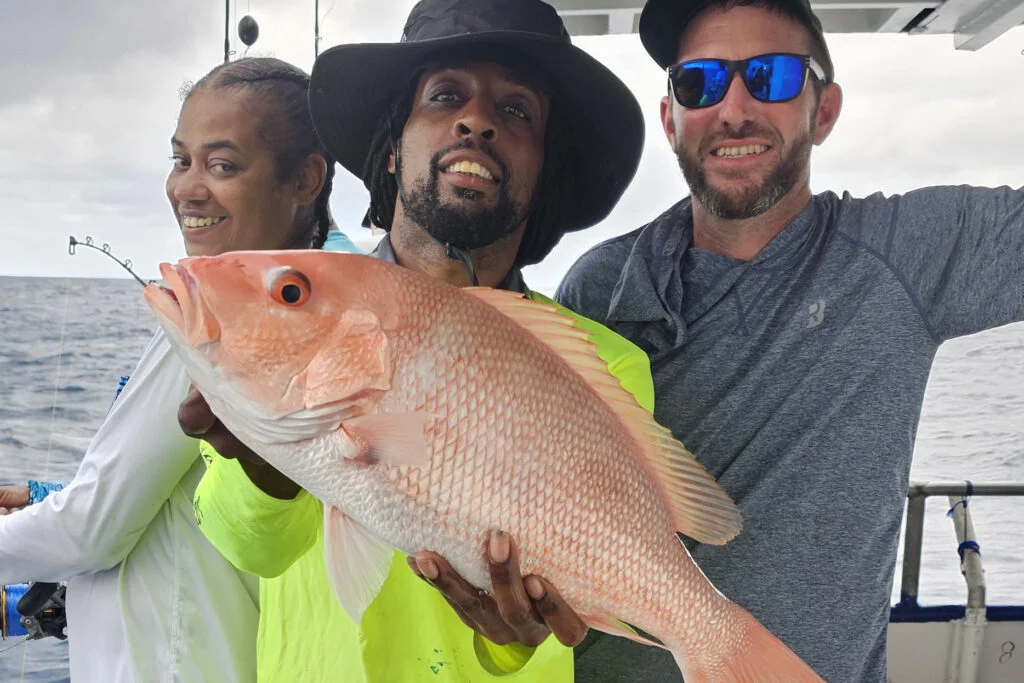
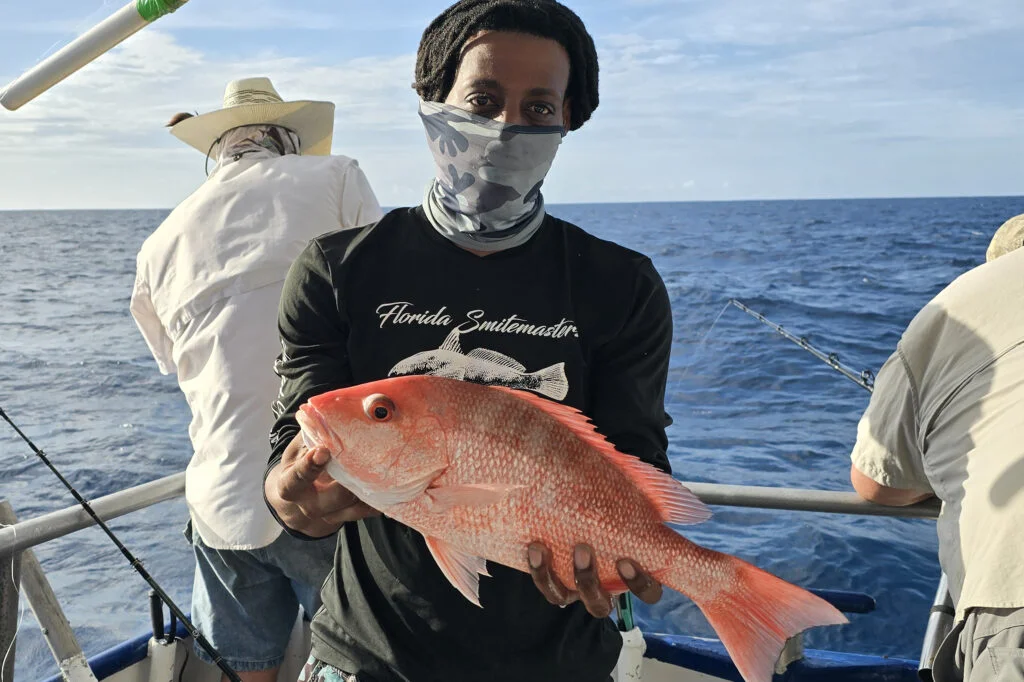
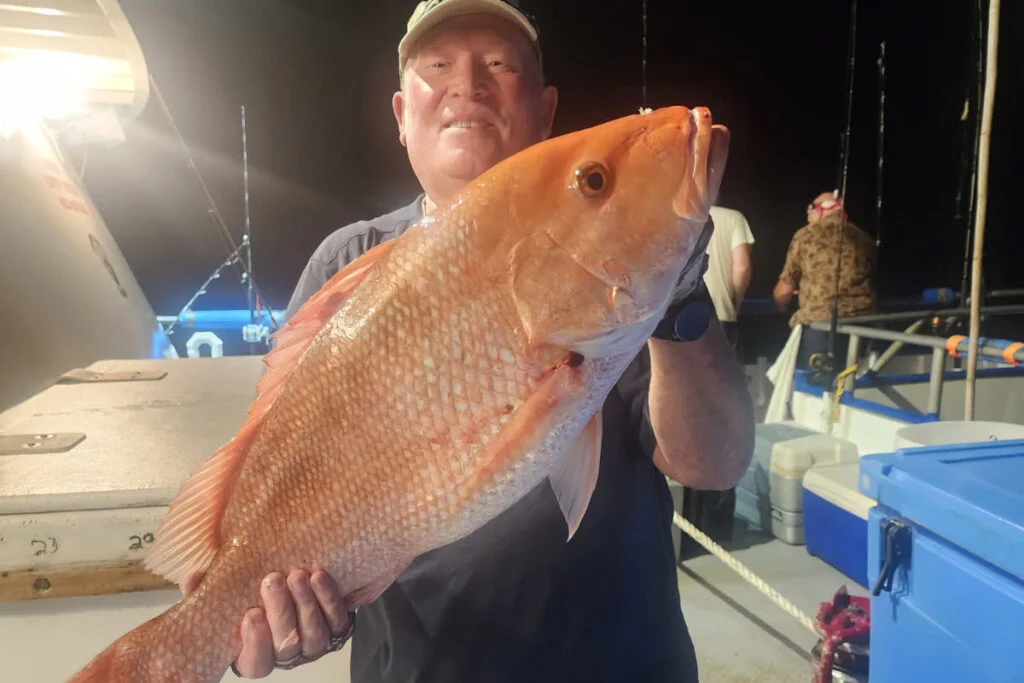
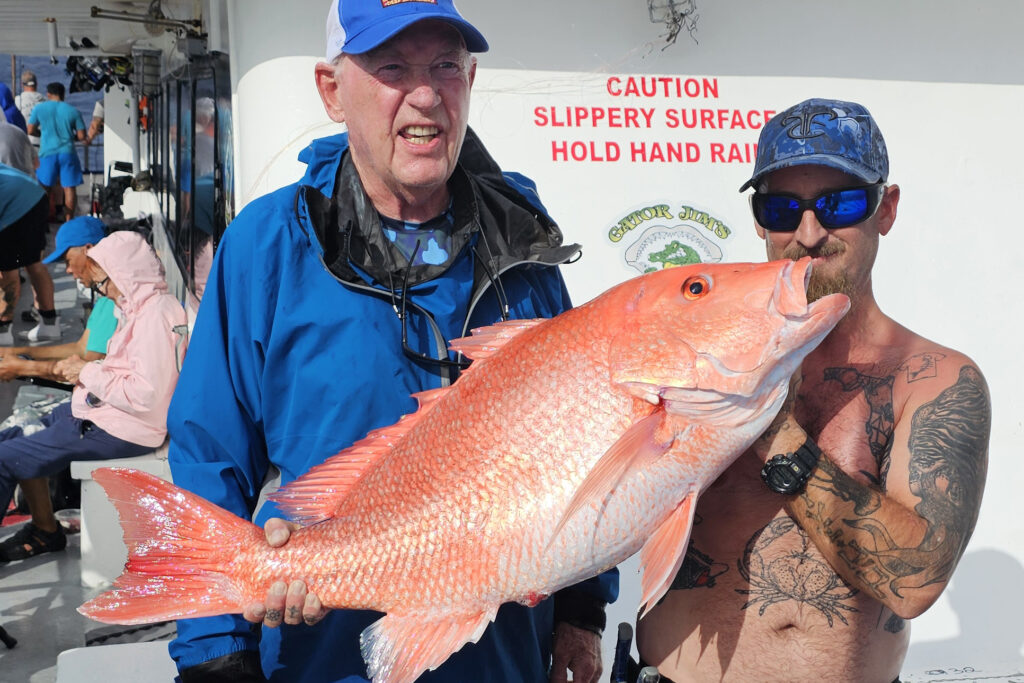
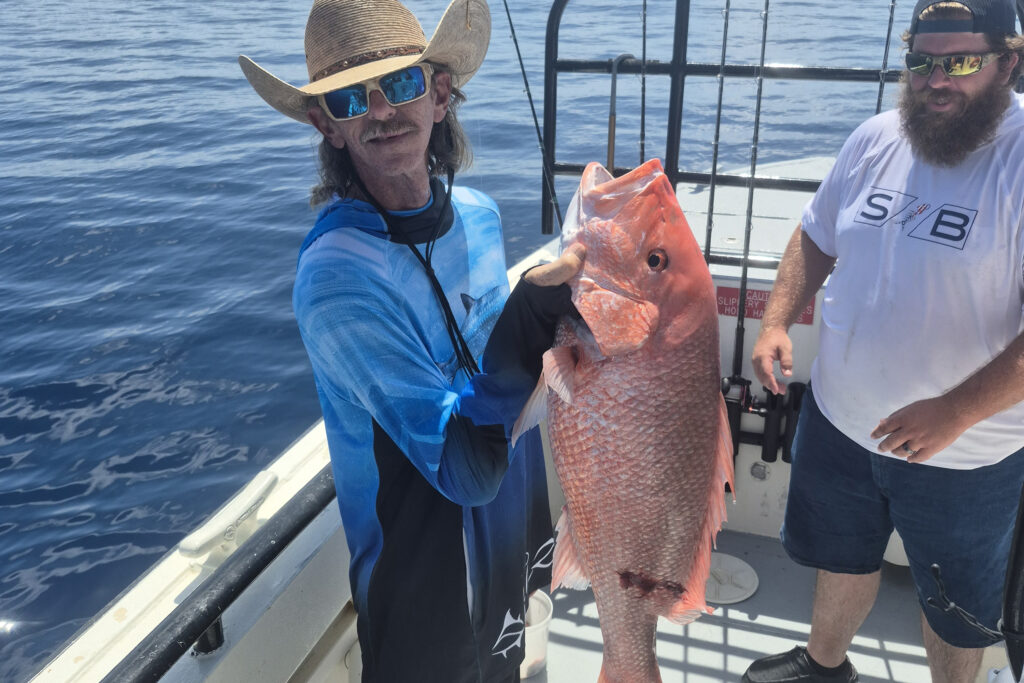
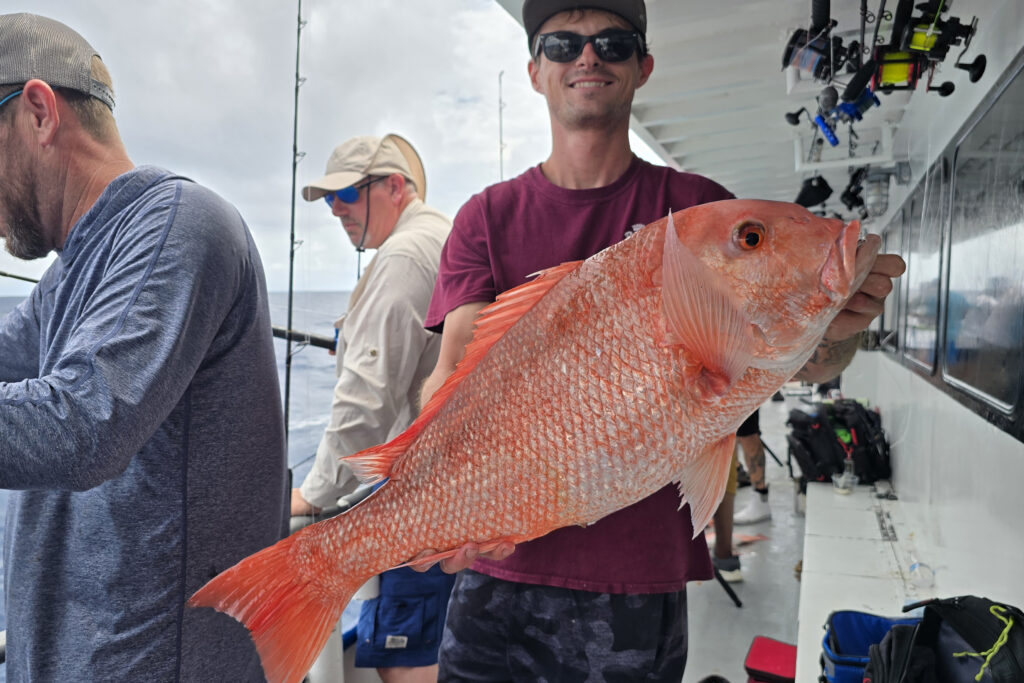
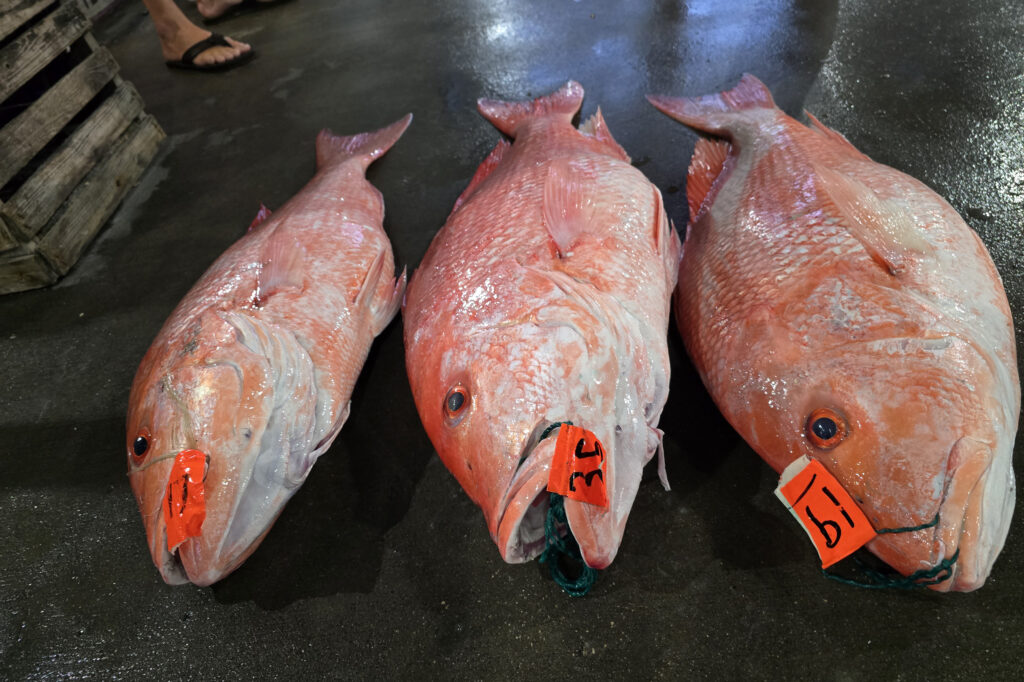
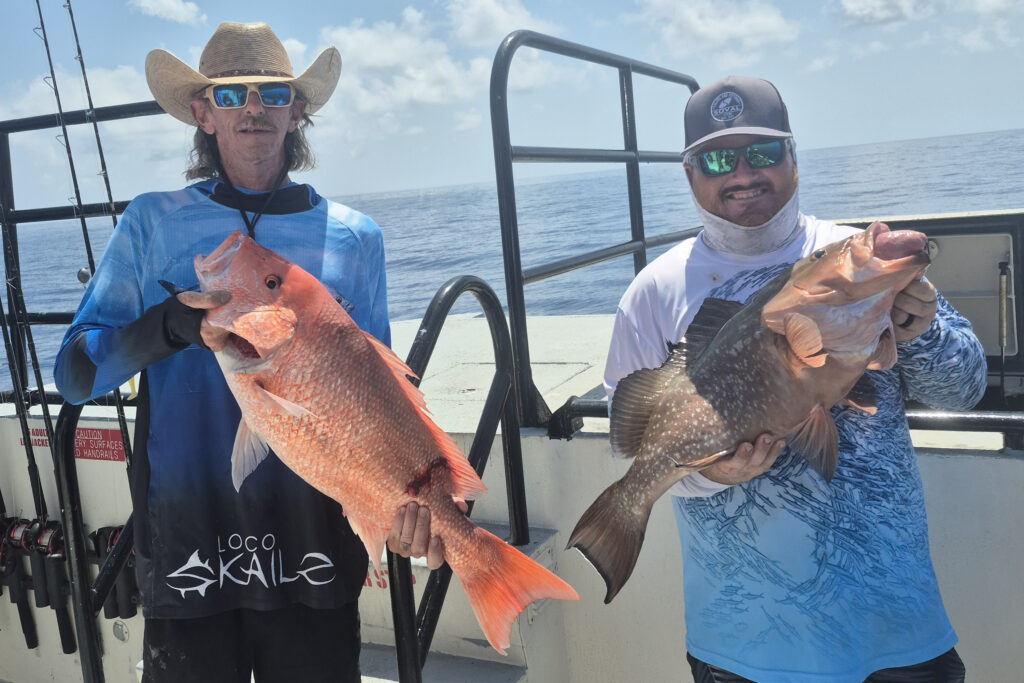
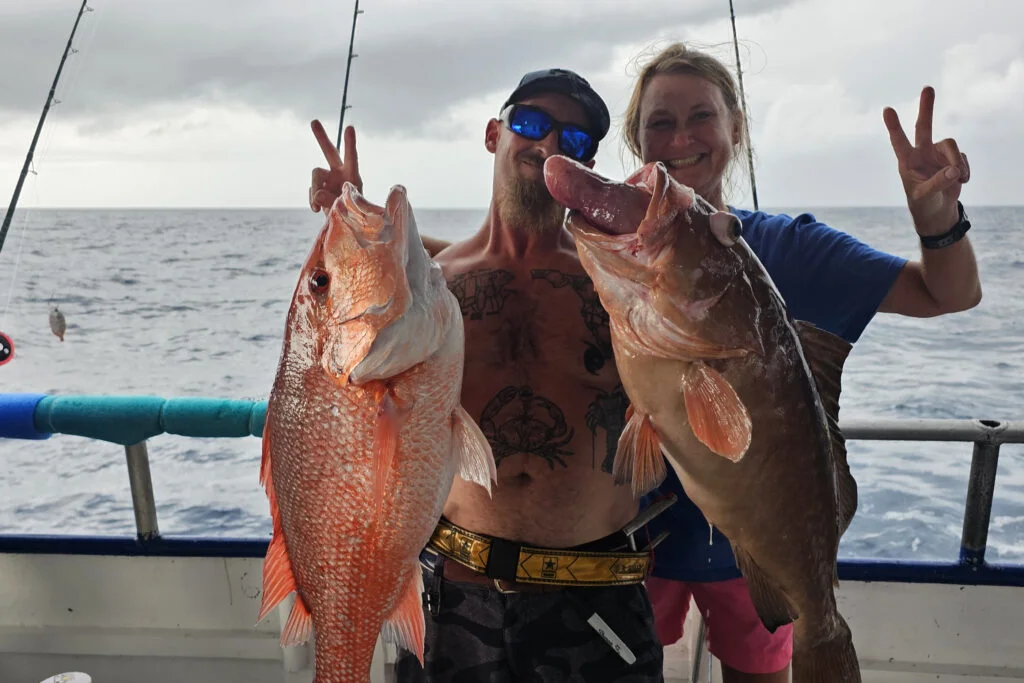

Red snapper season is ongoing and no end in site until mid September! Plus, the red snapper bite has been excellent on our 12hr Extreme, 39hr, and 44hr trips. We’re seeing solid numbers of quality red snapper, especially using larger dead baits and big live baits dropped over potholes, wrecks, springs, peaks and ledges from as shallow as 140-160ft of water up to 300+ft of water.
Red grouper remain open and we’re catching them in decent numbers, particularly on those same deep drops where bait is holding. Scamp grouper have been more prevalent too, especially when fishing slightly deeper in the 160-200ft range.
Mangrove snapper are being caught in good numbers during both day and night bites offshore, with cut threadfin and double snell rigs doing the trick. Yellowtail are scattered but present, especially around sundown on longer trips. We’re also seeing healthy numbers of vermillion snapper, porgies, and almaco jacks.
As for pelagics, blackfin tuna, the occasional wahoo, and some kingfish are making appearances offshore, especially when flat-lining live bait or jigging in deeper water. It’s a great time to hop on one of our longer-range trips if you want a shot at some serious offshore variety and big fish action.
Don’t forget, that we have some great videos on our fishing tips and tricks page here to show you how to target and rig for almost any species-> https://www.hubbardsmarina.com/fishing-tips/
Remember that when fishing in deeper nearshore and offshore federal waters, the Descend Act requires you to have a descending device or venting tool “rigged and ready.” If you know how to use a venting tool, keep it prepared. If not, here’s some helpful advice: https://bit.ly/3L5HTnv. Using a descending device is straightforward and doesn’t require as much precision or practice as venting. Return em’ Right has a training course only takes about 10-15 minutes, and you can learn valuable techniques to protect our offshore fishery. Spread the word by visiting: https://returnemright.org/.
TERMS OF REFERENCE-
Inshore: This covers the areas from the inner bays, through the bridges, and right up to the beaches.
Near Shore: This includes the coastal waters from the beaches up to twenty miles offshore, or up to a depth of 100 feet.
Offshore: This extends from twenty miles offshore or from a depth of 100 feet and beyond.
For more fishing reports, photos, videos, and other content, check out Hubbard’s Marina on Facebook, Instagram, YouTube, TikTok, Twitter, Pinterest, or Snapchat by searching for @HubbardsMarina. Remember our family motto: “If you’re too busy to go fishing, you’re just too busy!” Thank you for reading our report.
Capt. Dylan Hubbard, Hubbard’s Marina
Phone or text: (727) 393-1947
Website: Hubbard’s Marina
If you’re not seeing the latest article, try clearing your browser cache.
You can search “how to clear browser cache” on Google for quick steps.

